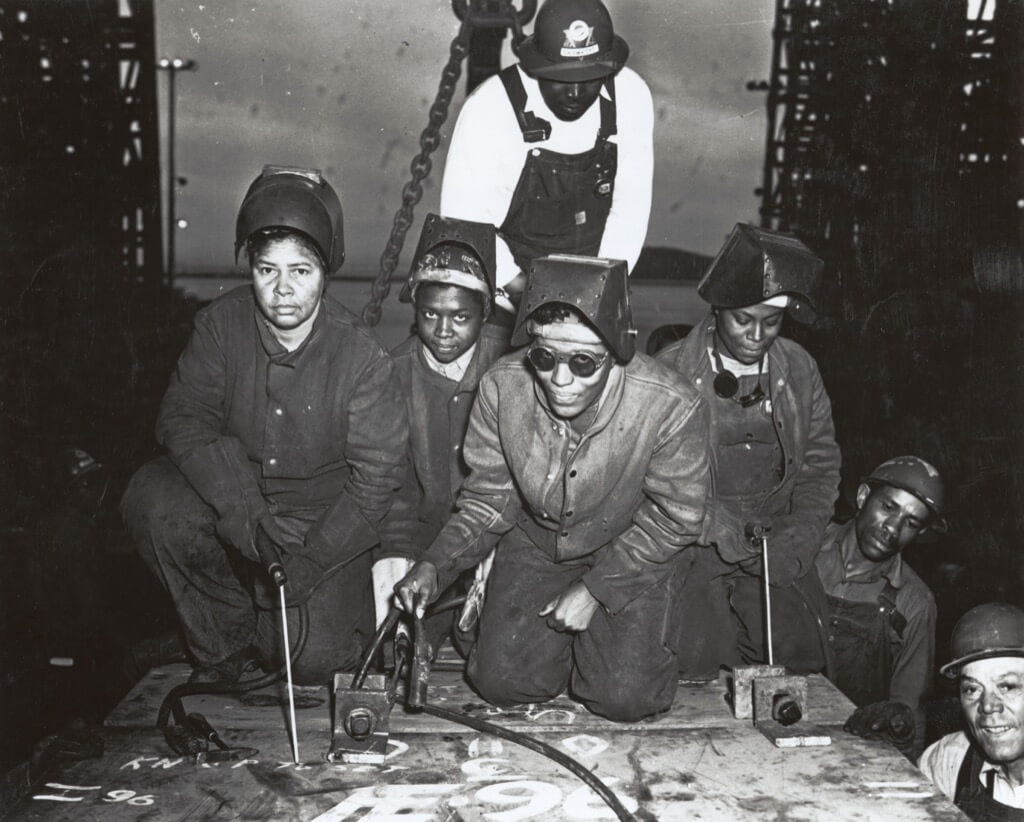In Canada, the engineering profession is treated with a level of solemnity and reverence that is unique compared to many other countries. The initiation into this esteemed profession begins with the Ritual of the Calling of the Engineer, a ceremony filled with tradition and symbolism. During this ceremony, Canadian engineering graduates recite an Obligation, a pledge of integrity and ethical responsibility in their work and life, a testament to the gravity with which the profession is regarded.
One of the most distinctive aspects of Canadian engineering tradition is the Iron Ring, bestowed upon graduates in a private ceremony that bears echoes of Masonic ritual. This ring, worn on the little finger of the working hand, serves as a constant reminder of the engineer’s commitment to quality, safety, and ethical practice. It’s a storied symbol, linking generations of engineers in a shared commitment to uphold the highest standards in their profession.
In Canada, becoming a Professional Engineer (P.Eng) is a rigorous process, safeguarded to ensure that only those with the requisite education, experience, and moral standing can claim the title. The journey involves completing a four-year accredited university program, gaining practical experience under a Professional Engineer, and passing a Professional Practice Exam. This path underscores the seriousness with which Canada treats the engineering profession, ensuring that its practitioners are not just technically competent but also morally responsible.
Holding a P.Eng designation in Canada is a matter of significant responsibility. It’s akin to a medical license in its weight, with strict expectations for ethical conduct. Engineers must uphold the integrity of their work, as negligence or fraud can lead to severe consequences, including the loss of their professional status. The profession is self-regulated, with provincial and territorial associations overseeing the licensure and discipline, ensuring that engineers adhere to the highest standards of practice.
The Quebec Bridge disaster in 1907, a catastrophic event that claimed 75 lives, served as a pivotal moment in shaping Canada’s approach to engineering regulation. The tragedy underscored the dangers of technical incompetence and ethical lapses in large-scale engineering projects. In its aftermath, the Engineering Institute of Canada adopted the model Engineering Act, mandating the licensing and regulation of engineers to prevent such disasters and elevate the status of the profession.
The establishment of formal governing bodies and traditions for engineers in Canada was partly driven by a desire to enhance the societal standing of the profession. The involvement of Herbert Haultain and Rudyard Kipling in creating the Ritual of the Calling of an Engineer was not just about instilling a sense of tradition but also about reinforcing the moral and ethical obligations engineers have towards society. The ritual, with its oath and the Iron Ring, serves as a powerful symbol, binding engineers to a lifelong commitment to integrity and excellence.

There are many different types of slot machines, and you may prefer one over another.…

There have been times that I have spent quite a few hours talking to people…

World War II was a hotbed of extraordinary inventions, and among these was the Antonov…
The Ritual of the Calling of an Engineer
Canadian engineers partake in a unique induction ceremony known as the Ritual of the Calling of an Engineer. This ceremony, steeped in tradition and symbolism, marks their formal entry into the profession. During this ritual, engineers recite the Obligation, a solemn pledge to uphold the ethical and moral standards of their profession, emphasizing their commitment to integrity in both their professional and personal lives.
A central element of the ritual is the presentation of the Iron Ring. Worn on the little finger of the working hand, this ring serves as a constant reminder of the engineer’s vow to adhere to the highest standards of their profession. It symbolizes the gravity of an engineer’s responsibility and the perpetual commitment to quality and safety in their work.
To become a Professional Engineer (P.Eng) in Canada, individuals must undergo a rigorous process. This includes completing a four-year accredited engineering program, gaining relevant work experience under a qualified Professional Engineer, and successfully passing the Professional Practice Exam. This comprehensive path ensures that engineers are not only technically proficient but also understand the ethical implications of their work.
Canadian engineers are held to high standards of professionalism and ethics. Their P.Eng designation is a testament to their expertise and ethical practice. Any failure to adhere to these standards can result in severe consequences, including the revocation of their P.Eng status. This strict regulatory environment ensures that engineers maintain the integrity and safety of their work.
The practices and rituals in Canadian engineering were significantly shaped by historical tragedies, most notably the Quebec Bridge disaster of 1907. This event highlighted the catastrophic consequences of engineering failures and led to the implementation of stricter regulations and standards for the profession. The disaster serves as a constant reminder of the importance of technical competence and ethical responsibility in engineering.
The Ritual of the Calling of an Engineer and the Iron Ring are not merely symbolic traditions but are also reflections of the deep ethical obligations Canadian engineers have towards society. These traditions were established to not only recognize the importance of the engineering profession but also to instill a sense of unity and shared responsibility among engineers in their duty to the public and the environment.
The Bizarre Rituals For Canadian Engineering
During the ritual, engineering graduates recite the Obligation, a solemn pledge that underscores their commitment to ethical practice, integrity, and responsibility in their profession. This pledge is not just a formality but a deeply meaningful vow that sets the tone for their entire career, emphasizing the moral and ethical standards expected of them as engineers.
Central to this ceremony is the presentation of the Iron Ring. Worn on the pinky finger of the working hand, the ring is a constant, tactile reminder of the engineer’s oath. The Iron Ring symbolizes the fallibility of both materials and humans and serves as a perpetual reminder of the importance of humility and diligence in the engineering profession.
The ritual itself is shrouded in a certain mystery and bears resemblance to Masonic traditions. This connection is likely due to Rudyard Kipling, who was instrumental in crafting the ritual and was himself a Freemason. The Masonic influences contribute to the perceived “bizarre” nature of the ceremony, especially for those outside the engineering community.
The inception of this ritual was largely influenced by the Quebec Bridge disaster of 1907, which underscored the potentially catastrophic consequences of engineering failures. This disaster prompted a reevaluation of the ethical and educational standards within the engineering profession in Canada, leading to the creation of the ritual as a means to instill a sense of responsibility and accountability in engineers.
Over the years, the Ritual of the Calling of an Engineer has evolved, but its core principles and the symbolism of the Iron Ring have remained constant. The ritual continues to be a defining feature of the Canadian engineering profession, embodying a unique blend of tradition, ethical commitment, and professional responsibility.
The Canadian approach to engineering is steeped in tradition, regulation, and a profound sense of ethical responsibility. From the ceremonial Iron Ring to the stringent requirements for obtaining a P.Eng designation, Canada sets a global example in ensuring that its engineers are not just skilled practitioners but also guardians of public safety and welfare. This approach, born out of both respect for the profession and lessons learned from past tragedies, continues to shape the ethos and identity of Canadian engineers.

